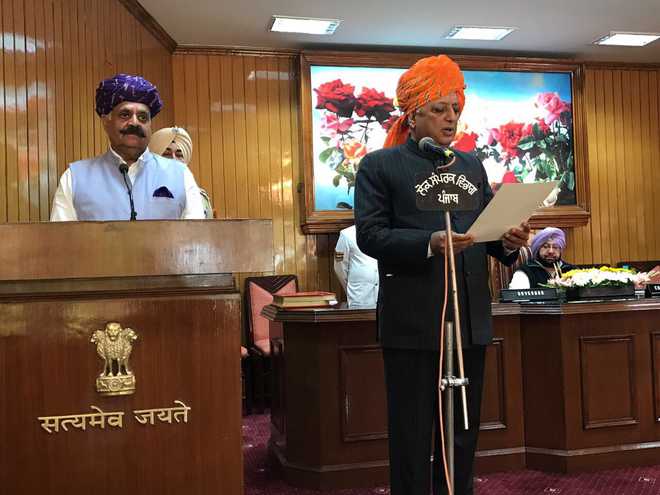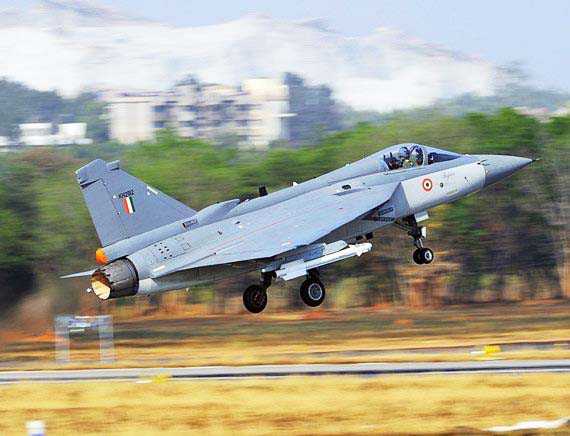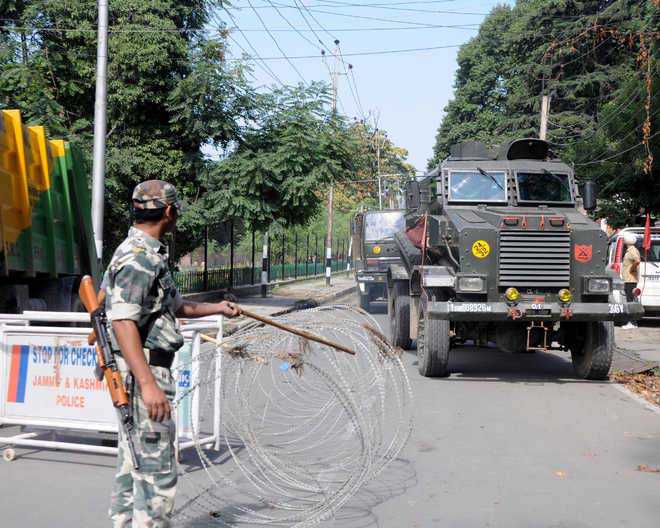I paid a 10-day visit to Turkey’s three key cities, Ankara, Istanbul and Izmir in 2006 and stamped on myself an undying interest in that fascinating country. Besides seeing the Blue Mosque, sailing along the Bosphorus, tasting Turkish Delight and buying some great artefacts from Istanbul’s Grand Bazar, I was more professionally involved in visiting institutions and interacting with intellectuals to assess the state of the nation. I came away hugely impressed with Turkey’s concept of a very secular, cultural and progressive Islam introduced by Mustafa Kemal in 1923 after the dismantling of the Ottoman Empire. However, that is only a small subset of this piece. It is more about why Turkey is in the eye of the European storm today.
The current President, Recep Tayyip Erdogan, has just been issued a warning by the European Union (EU) after he accused Turkey’s North Atlantic Treaty Organization (NATO) ally Netherlands of adopting Nazi tactics in preventing Turkish ministers from addressing the nearly 400,000 displaced people of Turkish origin. The address by the ministers was a sequel to the decision by the Turkish government to seek a referendum on 16 April 2017 on amending the Constitution. The amendments include the introduction of an executive presidency that would replace the existing parliamentary system of government, the abolition of the Office of the Prime Minister, the raising of the number of seats in Parliament from 550 to 600 and changes in the Supreme Board of Judges and Prosecutors, the Hâkimler ve Savcılar Yüksek Kurulu (HSYK).
To understand what is exactly happening there are a few points which need clarity. First, Turkey has always been peeved at earlier being the frontline NATO state against former Soviet Union and now facing threats from the Islamic State (IS), without the commensurate reward of admittance to the EU. This has always smacked of a racist streak in the EU, which has placed unwarranted demands on Turkey for admittance, such as a $30 billion to $40 billion bill for clean up to come to Euro environment standards. It has not been so, for some of the former Warsaw Pact countries whose admission has been simpler and not pre-conditional to this extent. Erdogan has played on this sentiment to promote a degree of Islamism, which worries Europe due to Turkey’s geo-strategic location on the European continent.
The bigger worry which many people seem to be unaware of is the issue of demographics. Turks as an ethnic entity exist all over Europe through various forms of migration, which is not a recent phenomenon. Some of it took place after the dismantlement of the Ottoman Empire and much of it after the Second World War, when there was a shortage of labour in many European countries including Germany, France and Holland. Almost a million Turks occupy space in France alone. There is fear that ethnic Turks living as diaspora would be influenced by happenings in Turkey should it change ideologically under influence of the trends in West Asia.
Second among these issues is the standoff between Erdogan and some of the EU leaders, over the migration of immigrants from Syria and Iraq who he is allowing to move into other countries after admitting some within Turkey.
The third issue is that after the attempted coup d’etat in Turkey in mid-2016 Erdogan is attempting to amend the Constitution to adopt a presidential form of government and afford dilution of rules about re-election so that he can be President till 2029. As per the EU nations, this smacks of authoritarianism. Although Turkey has been bearing the brunt of terrorist attacks in its major cities from multiple threats of Kurdish separatists and IS, the West European leaders accuse Turkey of human rights violations in dealing with terror and separatism. This accusation follows up on some accusations about Turkey’s role in what is called the Armenian Genocide, a sensitive issue in Turkey.
Erdogan’s latest showdown with the liberal leadership of Western Europe now revolves around the move undertaken to send ministers of the Turkish government to speak with the diaspora abroad prior to the referendum on 16 April. Many of the members of the diaspora would not even be authorised to vote but there are some who would, as expatriates. Besides there are family linkages and therefore influence over those voting at home. Holland has banned Turkish ministers from campaigning on its soil triggering Erdogan to call the Dutch, ‘Nazi Remnants’. Germany has followed suit on the ban.
In an interview, Erdogan bluntly accused the German Chancellor of supporting terrorists. He accused Berlin of not responding to 4,500 dossiers sent by Ankara on terror suspects, including those linked to Kurdish militants and the failed coup in Turkey last year. It is being perceived by the EU that the more Erdogan needles the EU leaders, the more support he garners at home and therefore has called for an end to these provocations.
The larger effect of all the above is as much on politics within the EU nations which are staring at a drastic change in political temperature towards the populist far Right, and Erdogan’s actions may be considered as promoting just that.
The long and the short of it is that Europe as much as America is undergoing a tectonic shift in its politics and the effect of external events will continue dictating the discourse. Turkey, immigration and radical Islam will all play their roles in this discourse. Militarily can NATO do without Turkey, remains the moot point. As Turkey seeks greater cooperation with Russia to oust the IS from Syria and North Iraq, it will give rise to a conflict of interests with NATO of which it is an important member. This will need careful handling as alliances look shaky everywhere.
For India, it is the stability of Europe which matters, even as transition eventually takes place as inevitably as it does through the force of political dynamics. The stability of Turkey as one of the key nations which bridge Europe and Asia is equally important. Geo-politically, it remains a balancing factor in the sectarian conflicts of West Asia without physically being a part of it. As a populous nation with a European mindset and a growth rate of 6.1 per cent in 2015, it has sunk to lower than 3 per cent in 2016 due to the instability and loss of tourism. As a member of the G20, the potential remains high, provided political relationships with Europe and internal stability does not see any further deterioration.
http://www.tribuneindia.com/news/comment/why-tral-matters-so-much/377585.html

































































